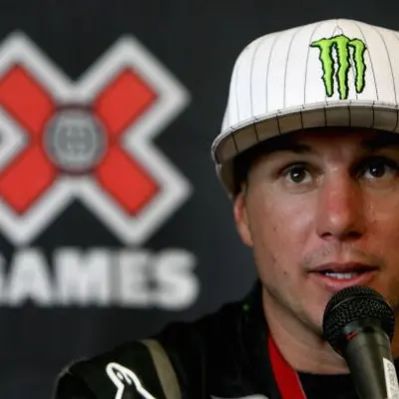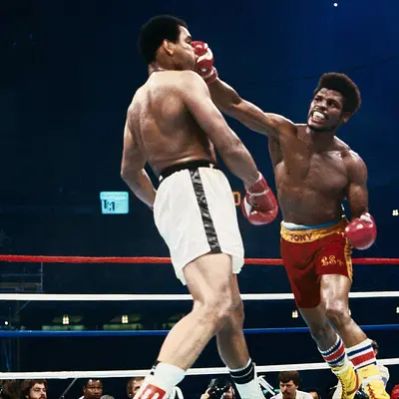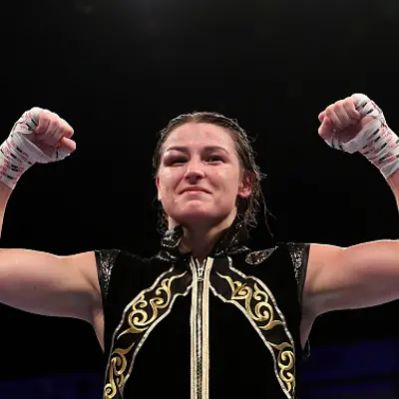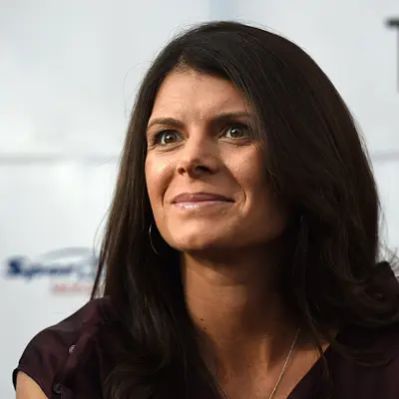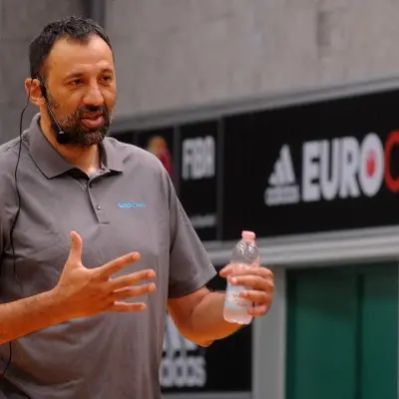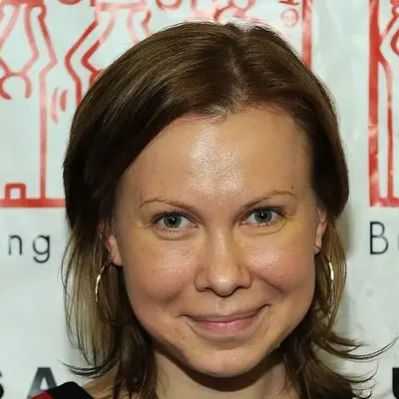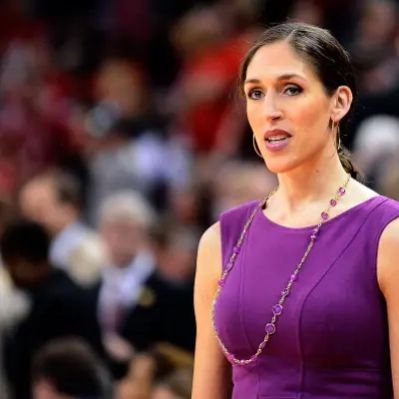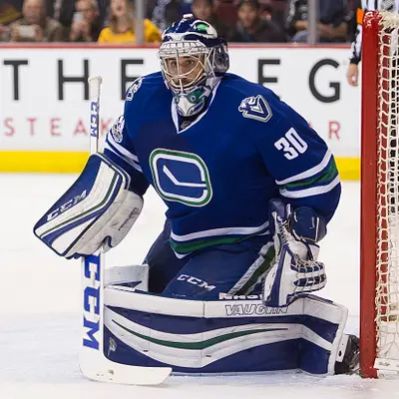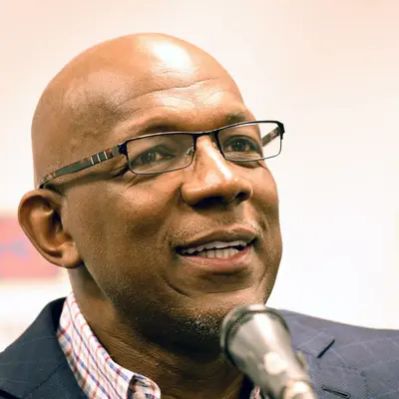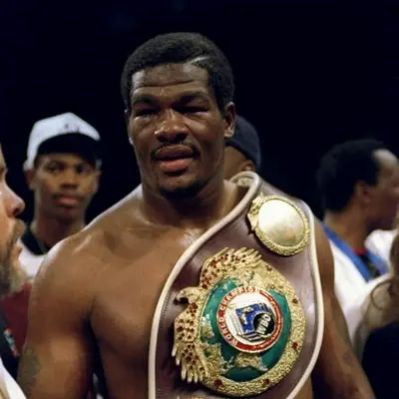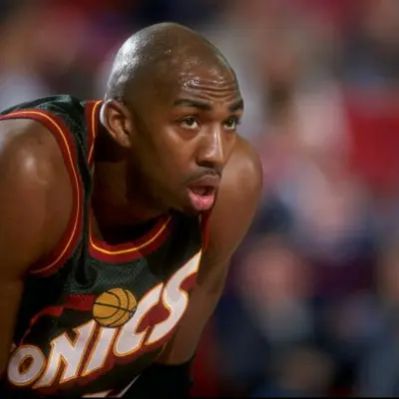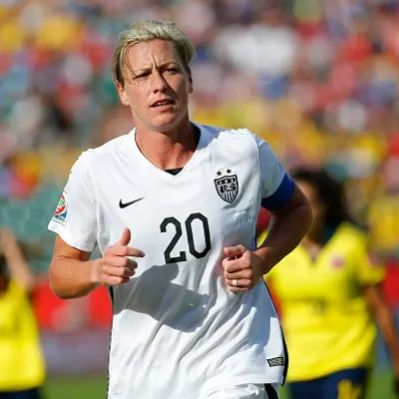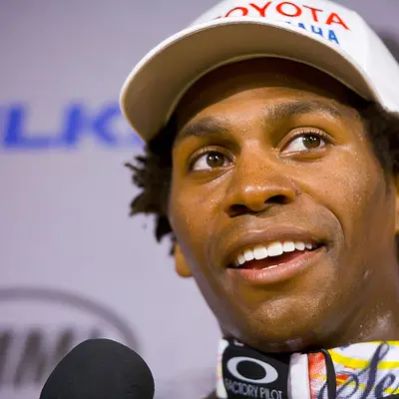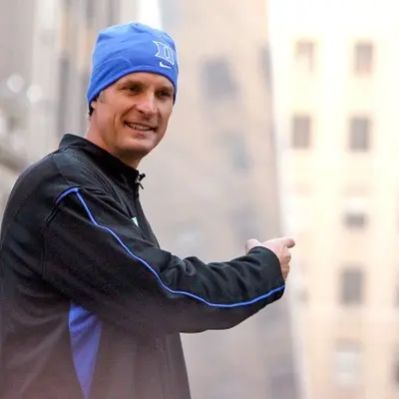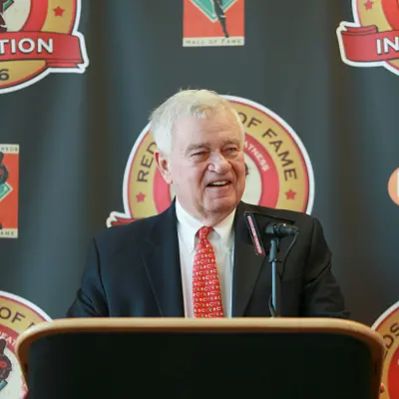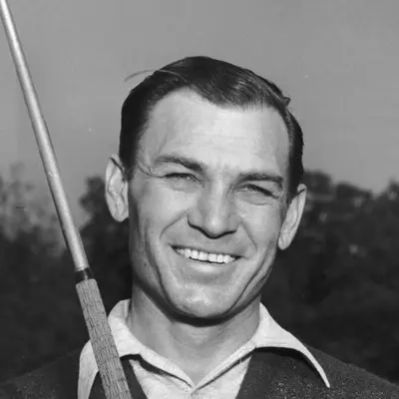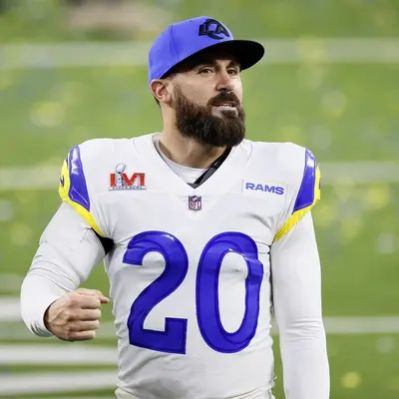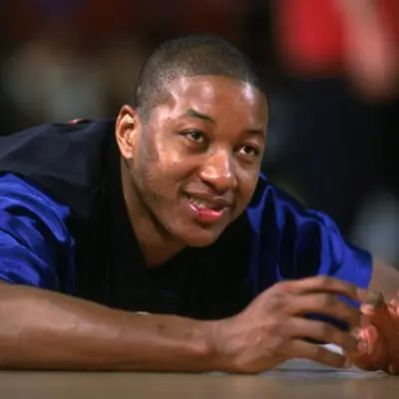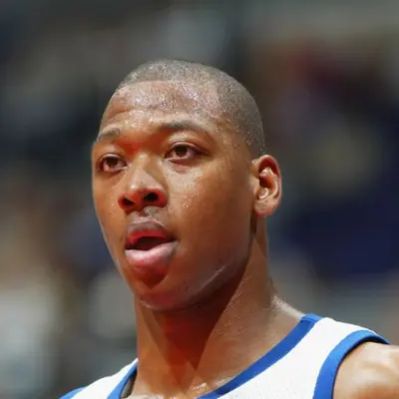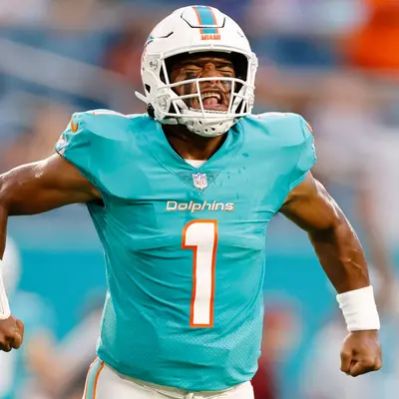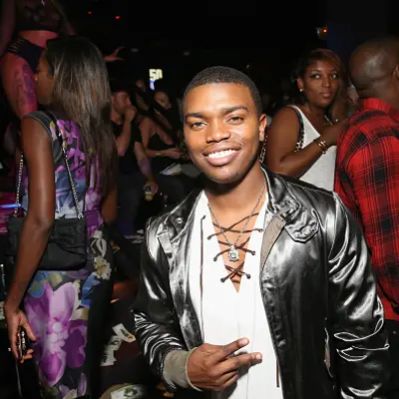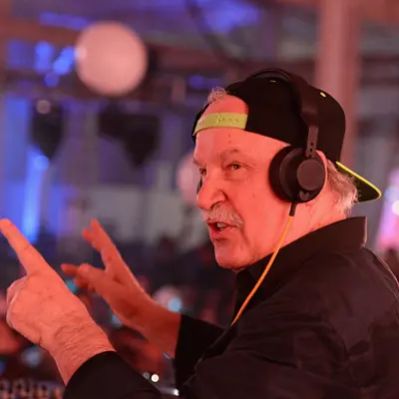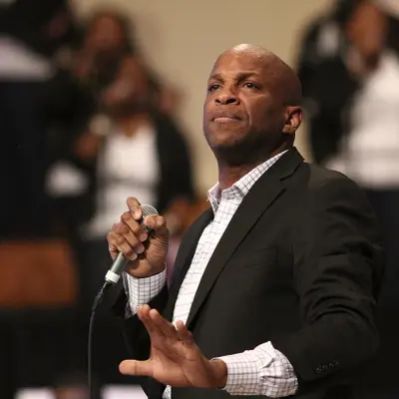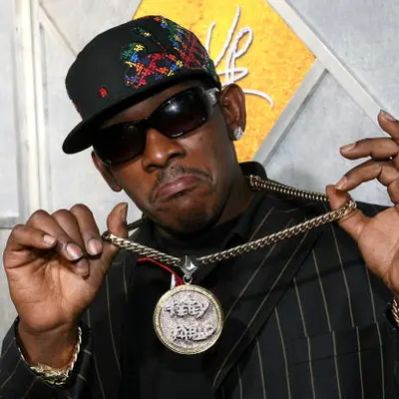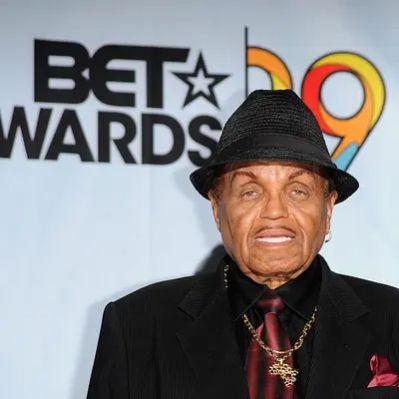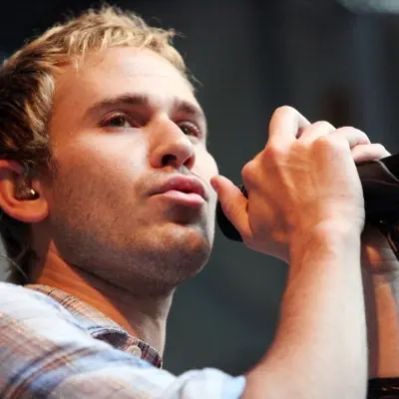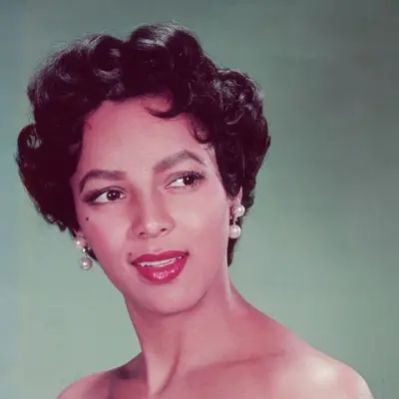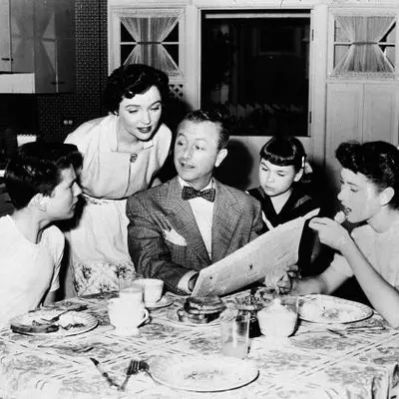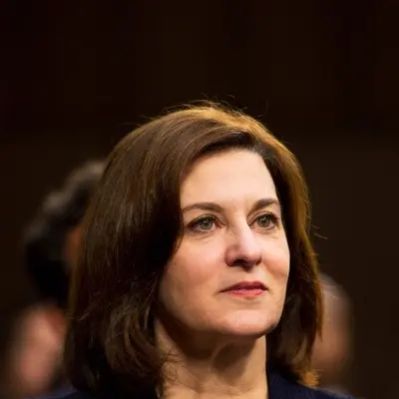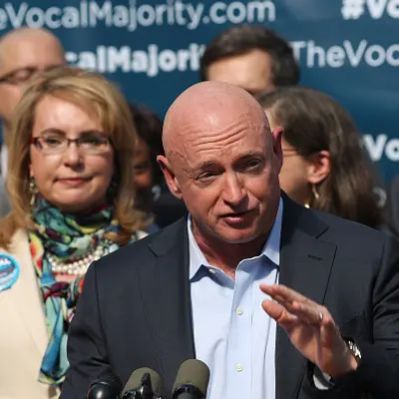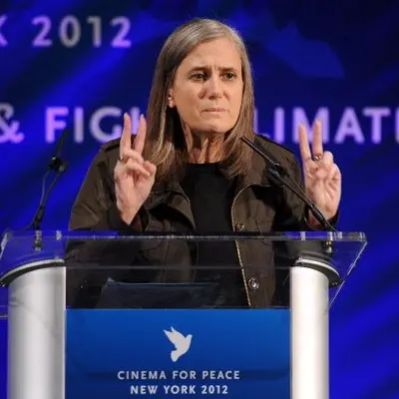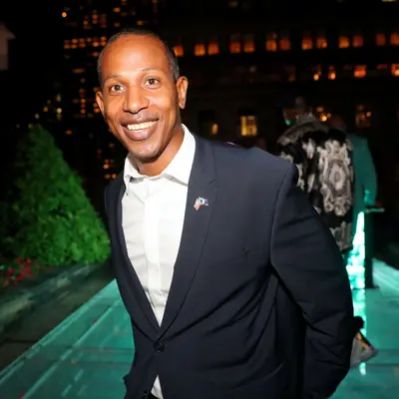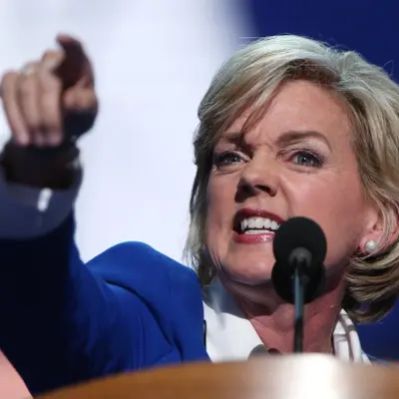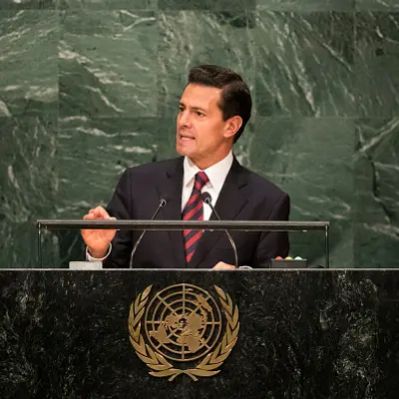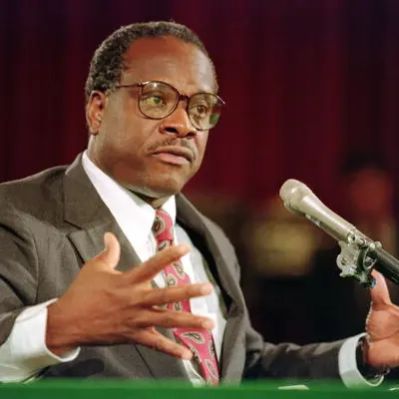What Was Dave Mirra’s Net Worth?
At the time of his untimely passing in 2016, Dave Mirra, the iconic BMX rider, rally car driver, and entrepreneur, had a net worth estimated at $15 million. This figure reflects his successful career spanning action sports, endorsements, and business ventures.
Dave Mirra’s BMX Career Earnings and Achievements
Mirra’s BMX career was marked by unparalleled success at the X Games. He held the record for the most X Games medals until 2013, when skateboarder Bob Burnquist surpassed him. From 1995 to 2009, Mirra medaled in every X Games except for 2006, when an injury sidelined him. His medal count includes an impressive 14 gold, 6 silver, and 4 bronze medals. While specific earnings from each competition aren’t publicly detailed, these victories significantly contributed to his overall income through prize money and enhanced sponsorship opportunities.
Dave Mirra’s early career saw him riding for Haro Bikes. The partnership was one of the longest in the sport. It allowed Mirra to participate in various events and develop his skills. In 2007, leveraging his industry experience and brand recognition, Mirra founded his own bike company, MirraCo. This venture represented a significant investment and a diversification of his income streams, although the exact financial performance of MirraCo remains undisclosed.
Beyond competitive earnings and his bike company, Mirra secured numerous lucrative sponsorship deals throughout his career. He was endorsed by brands like GT Bicycles, Recarco, Monster Energy, Nike, Puma, Maxxis Tires, Bell helmets, Subaru, and Snafu. The financial specifics of these agreements aren’t public knowledge, but endorsements from such prominent companies would have substantially augmented his income. One memorable highlight was his appearance at the 2005 X Games riding a gold-plated bicycle, reportedly valued at $7,500, highlighting the high value placed on his image and brand.
Dave Mirra’s Ventures Beyond BMX
Mirra’s career extended beyond the world of BMX. He hosted the MTV series “Real World/Road Rules Challenge” from 2004 to 2005, and guest-starred on “Las Vegas” and “George Lopez” in 2004. While the specific compensation for these roles isn’t available, such television appearances would have contributed to his overall earnings and increased his public profile.
He was also featured in the “Dave Mirra Freestyle BMX” video game series. These games, especially popular in the late 1990s and early 2000s, generated substantial revenue, part of which Mirra would have received through licensing agreements and royalties. Beyond his own video game franchise, Mirra made appearances on television shows such as “The New Tom Green Show,” “Punk’d,” “Late Show with David Letterman,” and “Rob Dyrdek’s Fantasy Factory.” Each appearance likely came with appearance fees, adding to his income.
After retiring from BMX riding in 2011, Mirra transitioned to rallycross racing. From 2008 to 2013, he was a member of the Subaru Rally Team USA, and at the 2013 Global RallyCross Championship, he finished in fourth place, a career best. While rallycross might not have provided the same level of income as his peak BMX years, it still represented a professional career with potential earnings through salary, prize money, and sponsorships. He also took part in Ironman competitions, and he participated in his first triathlon in 2013 and qualified for the Ironman 70.3 World Championship in 2014. These athletic pursuits, while likely not primary income sources, could have contributed to his brand and opened up additional endorsement opportunities.
Dave Mirra’s Early Life and Career Beginnings
Born on April 4, 1974, in Chittenango, New York, Dave Mirra’s early life laid the foundation for his successful career. He later graduated from California State Polytechnic University, Pomona. The move to Greenville, North Carolina, where his brother Tim attended East Carolina University, proved pivotal. There, he connected with professional BMX rider Ryan Nyquist. They built ramps together, and Greenville became a hub for BMX riders, earning the nickname “Protown”.
Mirra’s career took off in 1987 when he joined the Haro Bikes BMX team at age 13. In 1988, he was featured in videos by Plywood Hoods. A sponsorship with Vision Street Wear followed in 1989. In the 1990s, he was sponsored by GT Bicycles, then Hoffman Bikes, before returning to Haro Bikes. These early sponsorships, though smaller in scale than his later deals, provided crucial support for his development as a professional athlete.
Turning professional in 1992 marked a significant milestone. His silver medal in the BMX Vert at the 1995 Summer X Games set the stage for future dominance. In 1996, he won his first gold medal in the BMX Park. He earned a silver medal in the BMX Vert the same year. Between 1997 and 1999, he consistently won gold medals in both BMX Park and BMX Vert, along with a gold medal in the BMX Vert Doubles in 1998. These early victories substantially increased his marketability and earning potential. In 1999, he won a gold medal in the BMX Park at the Gravity Games.
Dave Mirra’s Later Career Highlights and Business Ventures
At the 2000 X Games, Mirra won a gold medal in BMX Park and a silver medal in BMX Vert. In 2001 and 2002, he won gold medals in BMX Vert. A silver medal in BMX Vert and a bronze medal in BMX Park followed in 2003. He regained his gold medal-winning form in 2004 in both BMX Park and BMX Vert. Mirra won a gold medal in BMX Park and a silver medal in BMX Vert – Best Trick at the 2005 X Games. An injury in 2006 kept him out of the games.
Returning to the X Games in 2007, Mirra won a bronze medal in BMX Park, followed by a silver medal in BMX Big Air and a bronze medal in RCR Racing in 2008, and a bronze medal in BMX Big Air in 2009. These later X Games appearances, while not always resulting in gold medals, still contributed to his income through prize money and maintained his visibility. In 2003, he published the book “Mirra Images,” capturing his most daring tricks in stunning color. This venture added to his revenue stream and further solidified his brand. In 2004, Mirra was named one of “People” magazine’s “50 Hottest Bachelors,” highlighting his mainstream appeal and potential for endorsements.
In the mid-2000s, he entered into an endorsement deal with DC Shoes after leaving Adidas. In 2007, Mirra launched his own bike company, MirraCo. MirraCo represented a significant business undertaking. It allowed him greater control over his brand and potentially greater financial rewards, though the company’s specific revenue figures are not publicly available. His transition to rallycross racing with Subaru Rally Team USA further diversified his income sources and kept him in the public eye.
Dave Mirra’s Personal Life and Legacy
Dave married Lauren Blackwell on February 18, 2006, and they remained together until his death in 2016. The couple had two daughters, Madison and Mackenzie. His family life, while not directly impacting his net worth, influenced his decisions and priorities.
In March 2010, Mirra contracted bacterial meningitis, but he fully recovered before returning to rally racing. This health scare, while not having a lasting financial impact, underscored the risks inherent in his active lifestyle. Tragically, on February 4, 2016, Dave Mirra died of a gunshot wound to the head. He was 41 years old, and police found him “sitting in a truck with an apparent self-inflicted gunshot wound.”
His death revealed that Mirra had chronic traumatic encephalopathy (CTE). He had suffered several concussions during his career. At age 19, his skull was fractured when he was struck by a car. Dave was the first action sports star to receive a CTE diagnosis. His widow has supported charities in Dave’s memory, such as the Road 2 Recovery Foundation and CTE research organizations. In 2019, Greenville city officials announced plans to “create an action sports park to bolster local BMX and skateboarding communities, increase tourism and honor the legacy of Dave Mirra.”
 Net Worth Ranker
Net Worth Ranker
